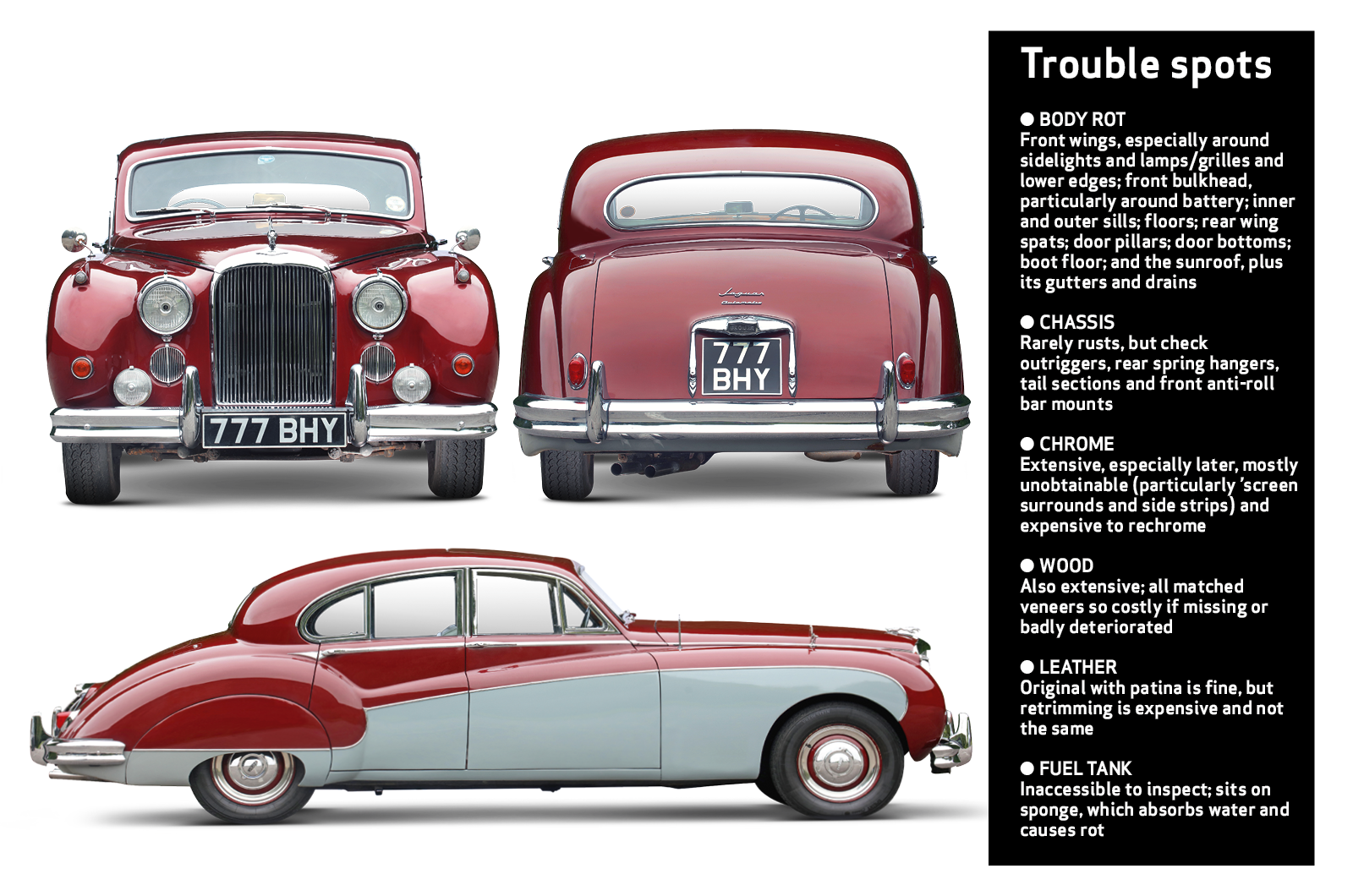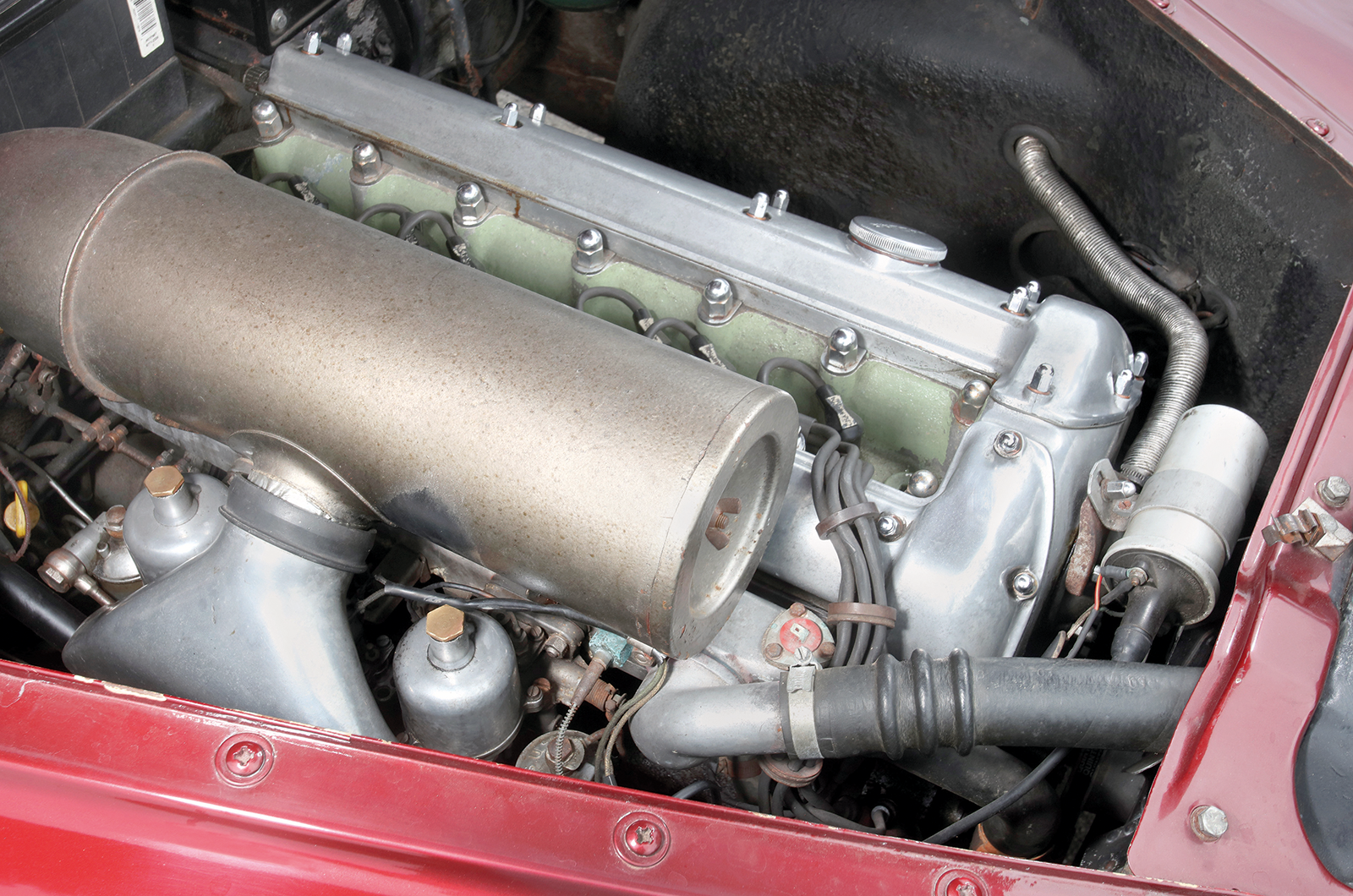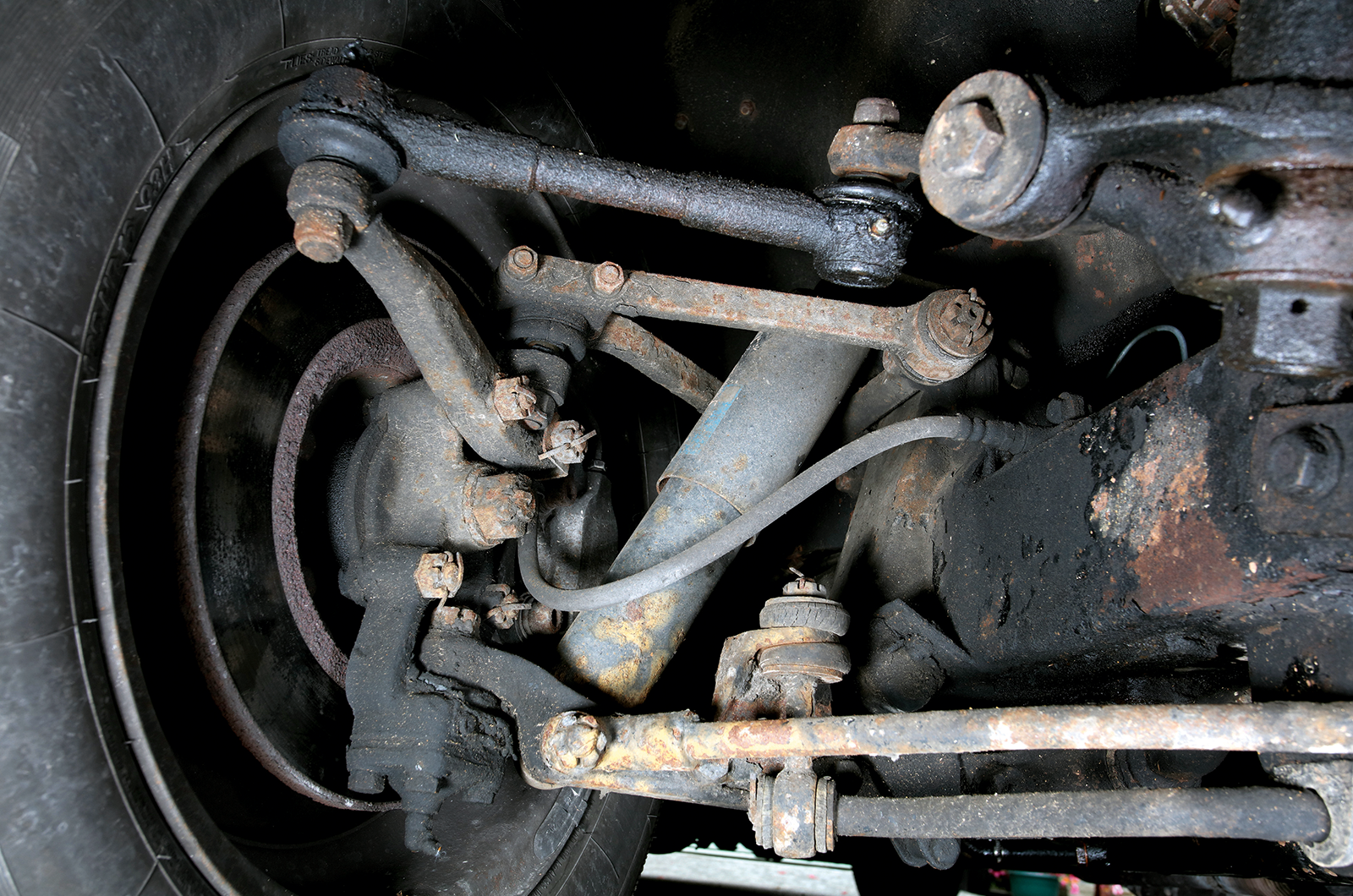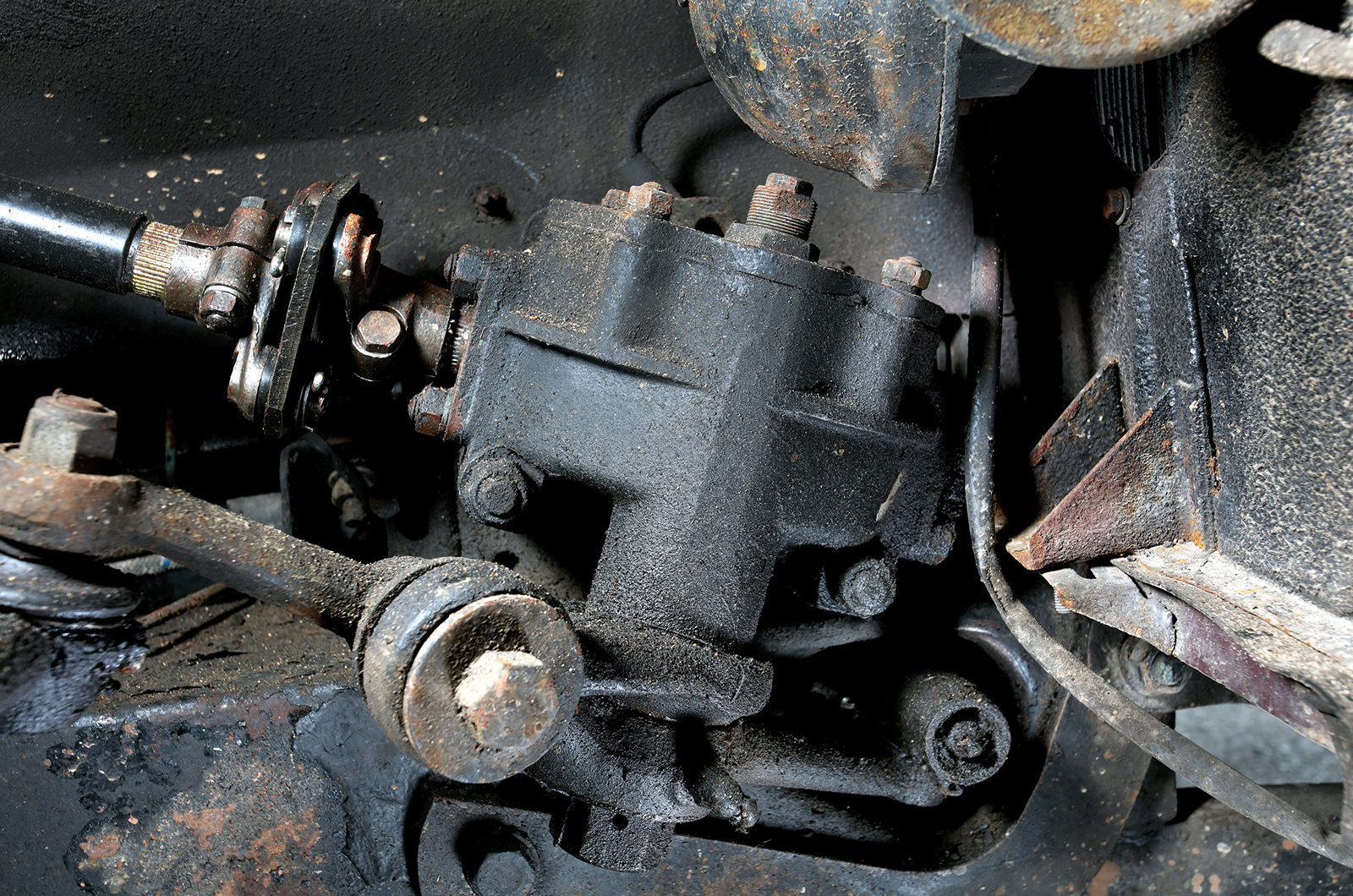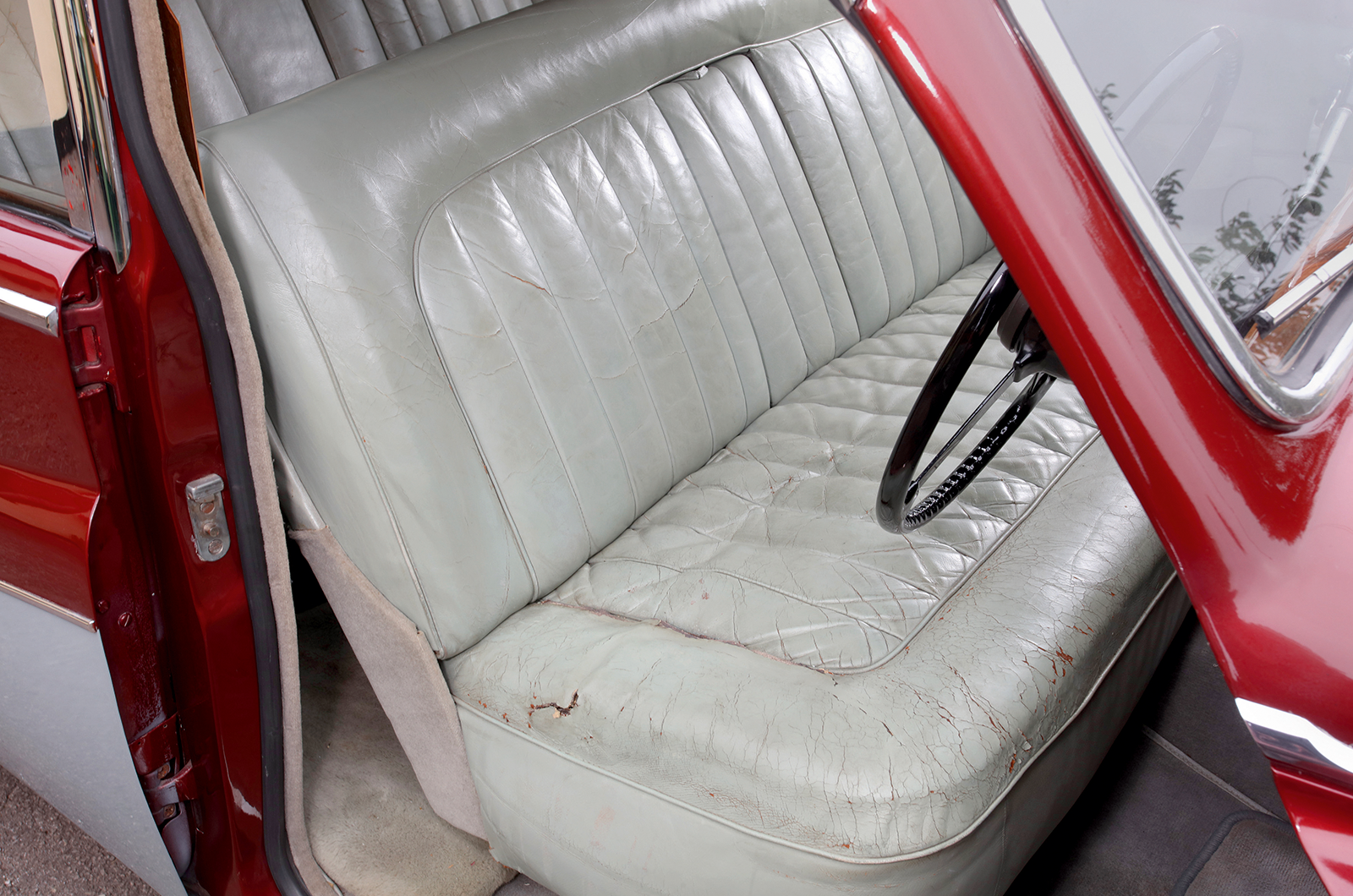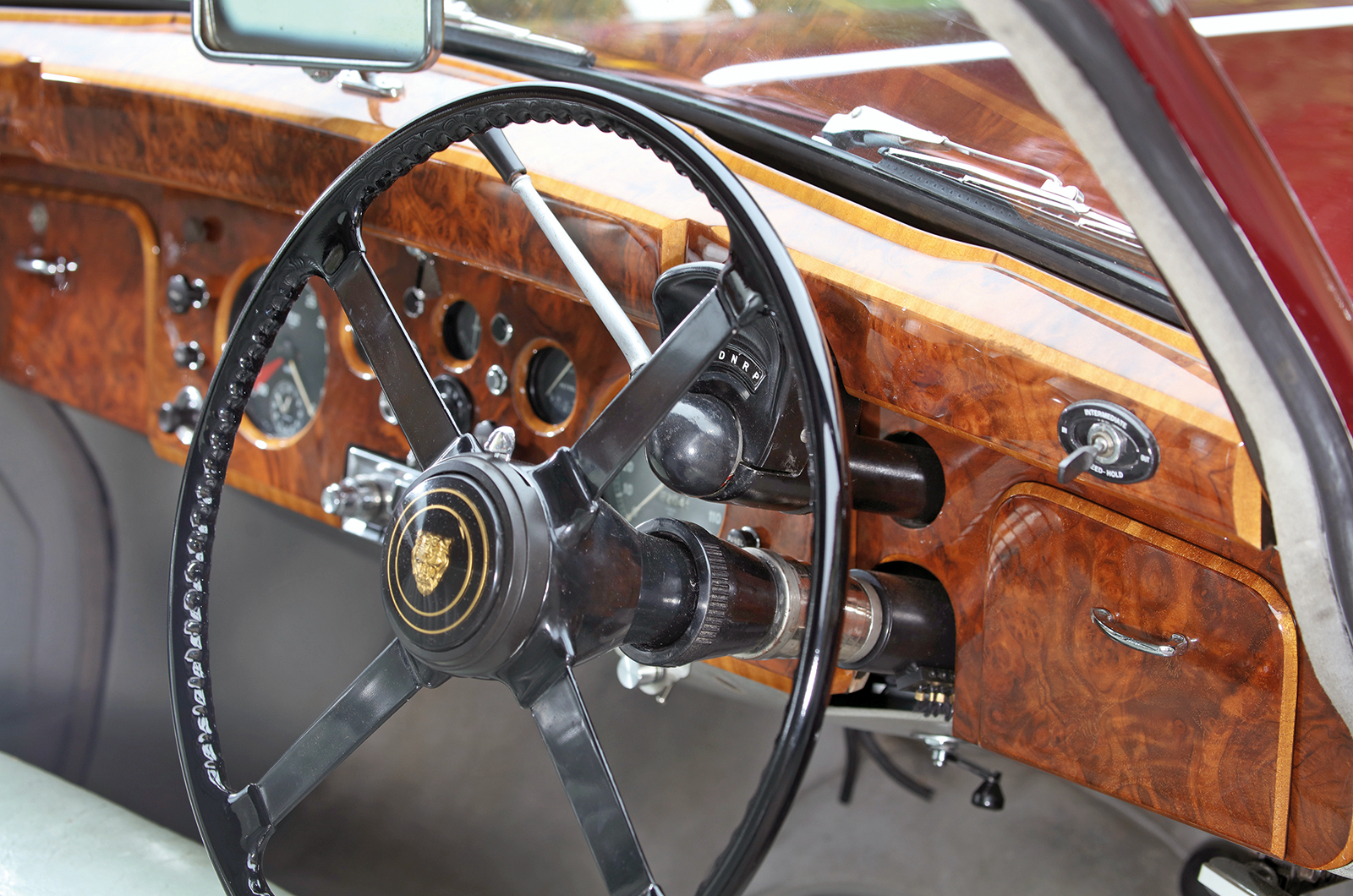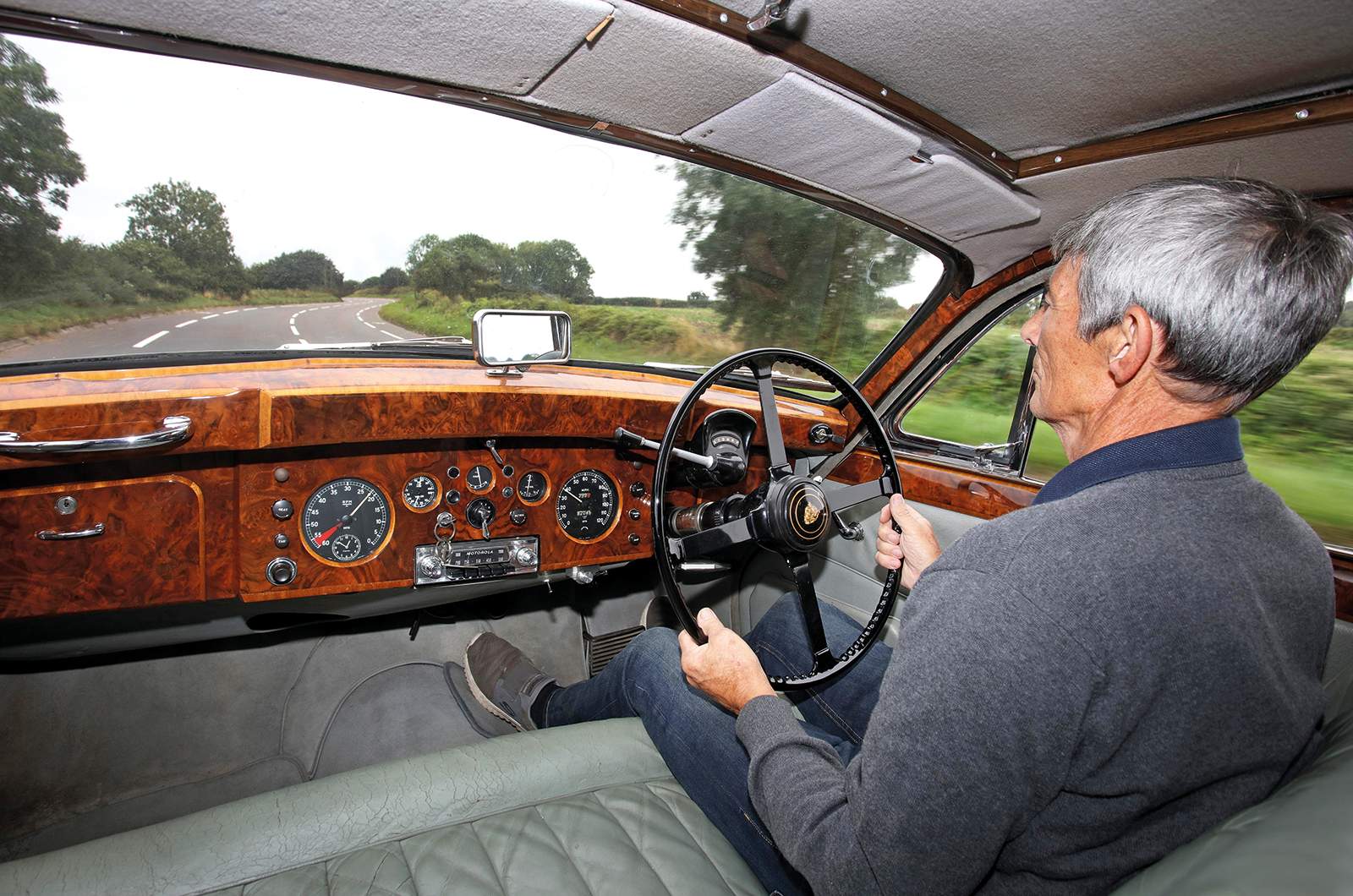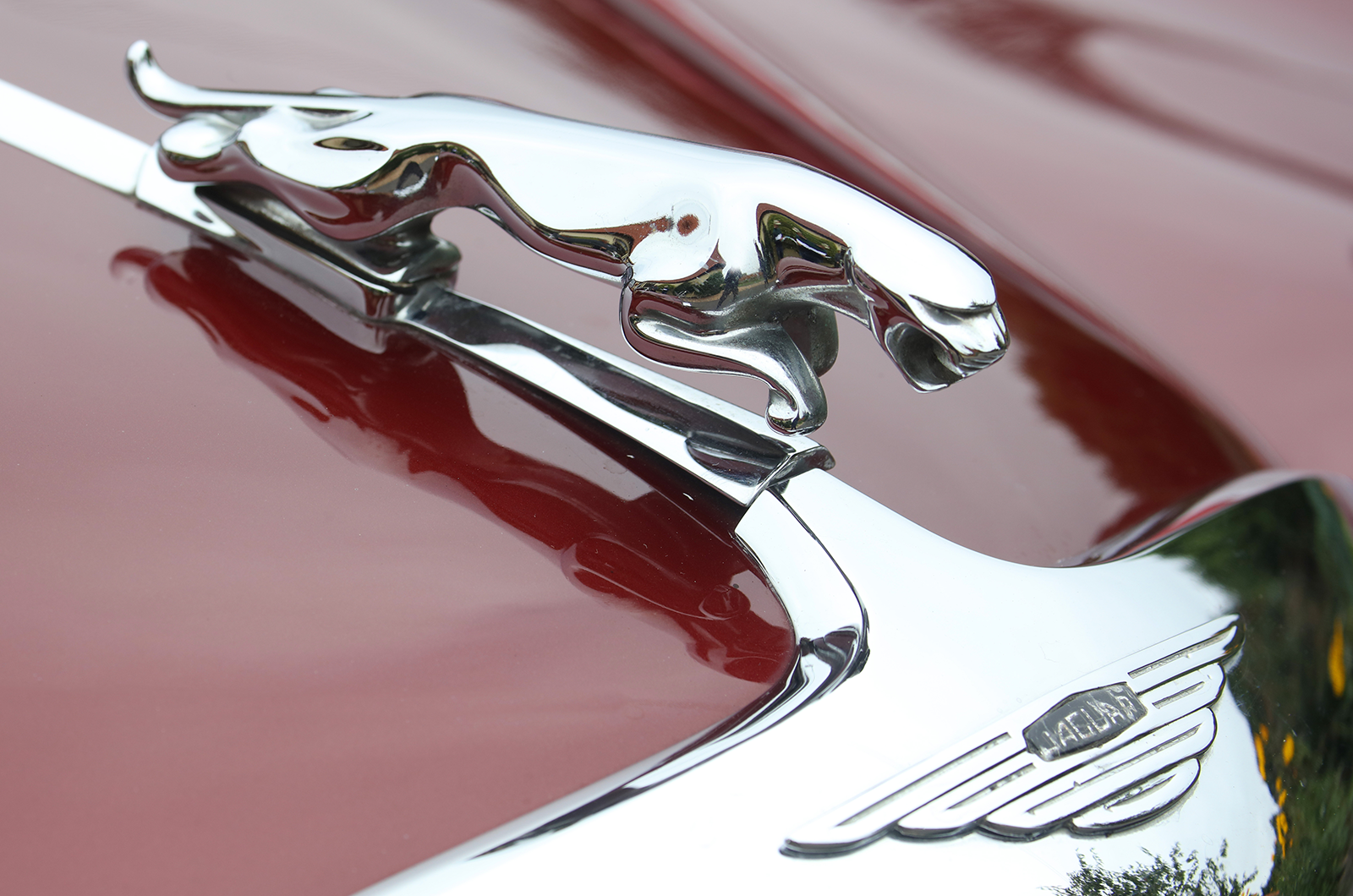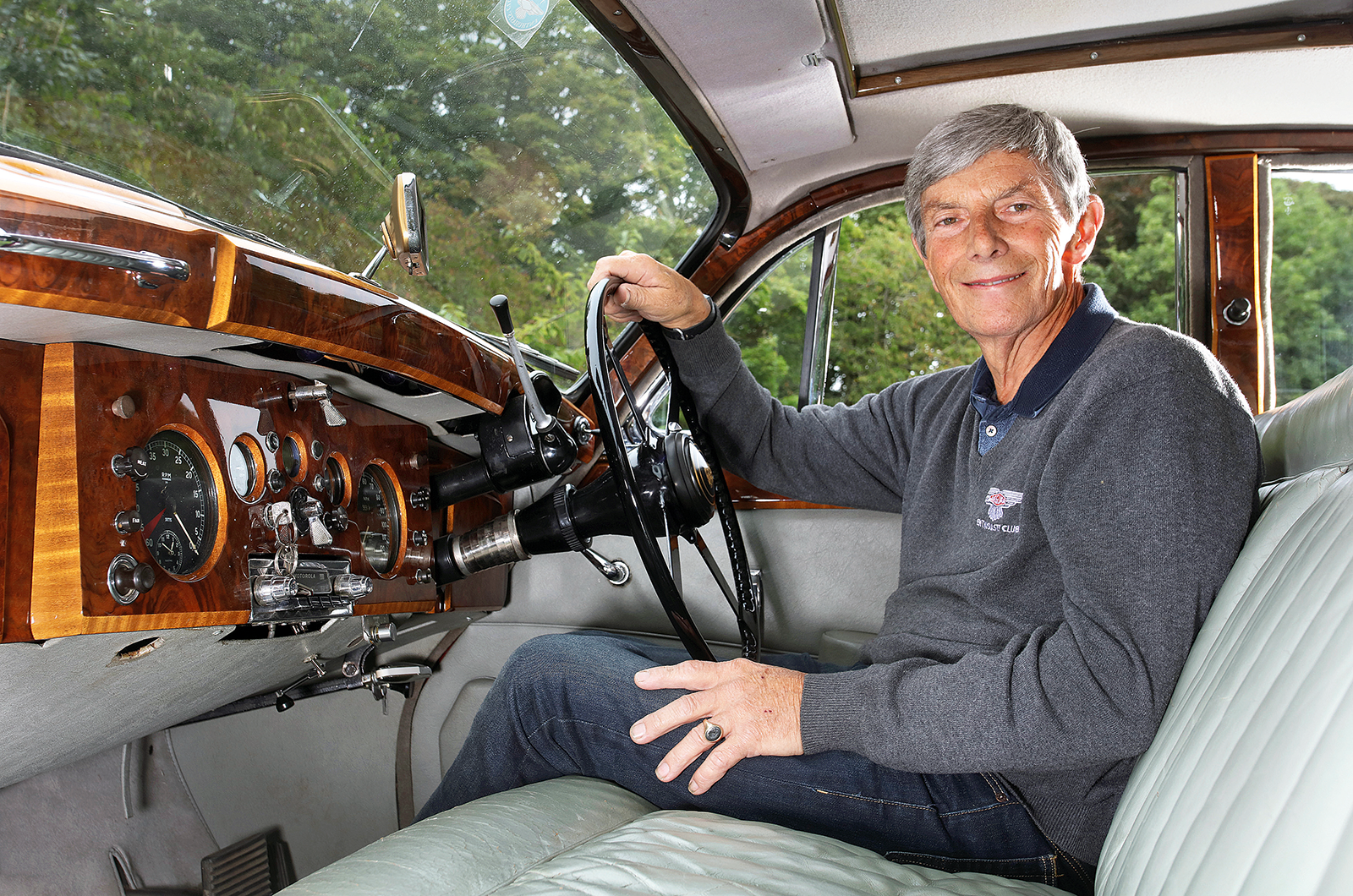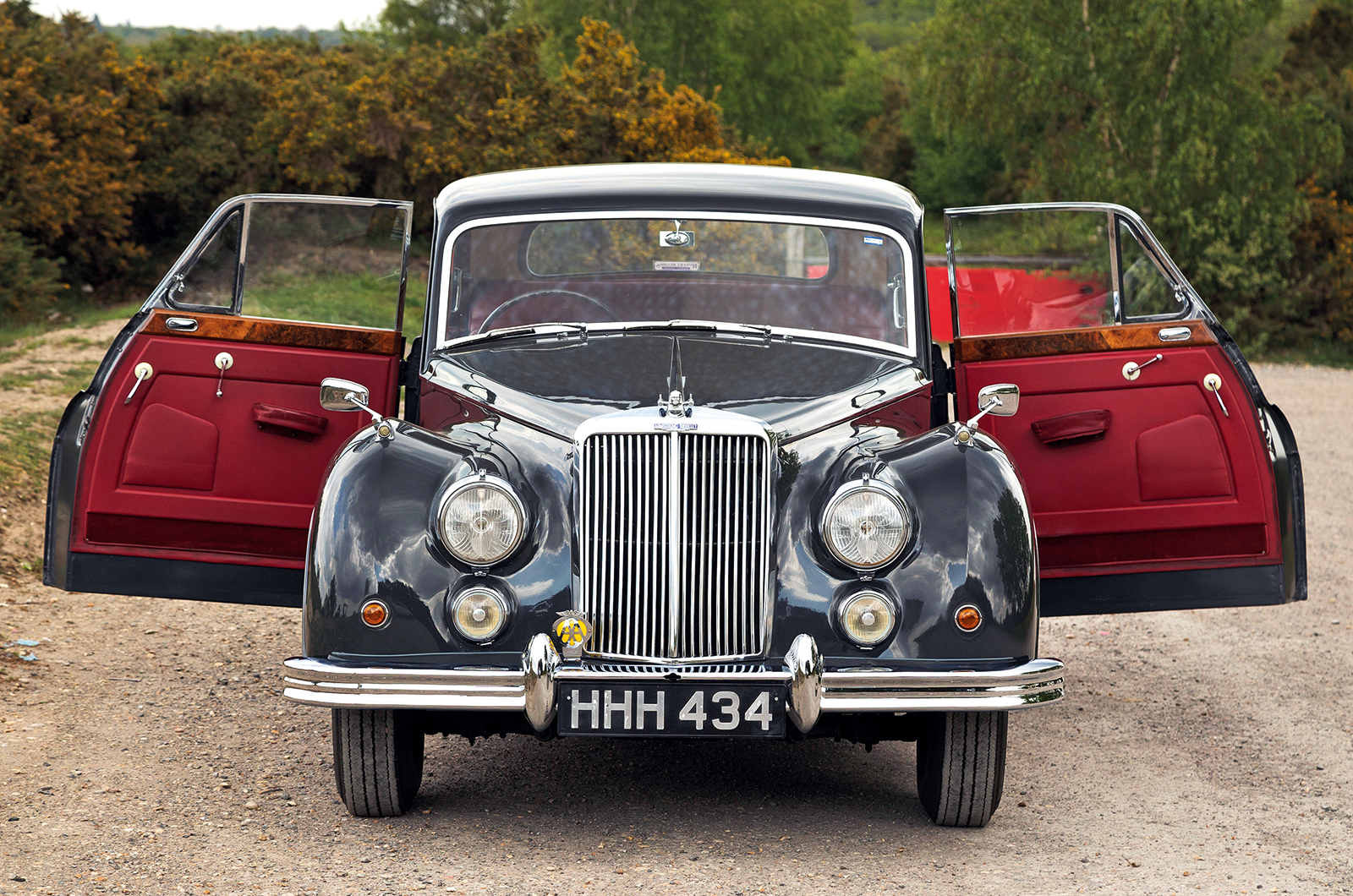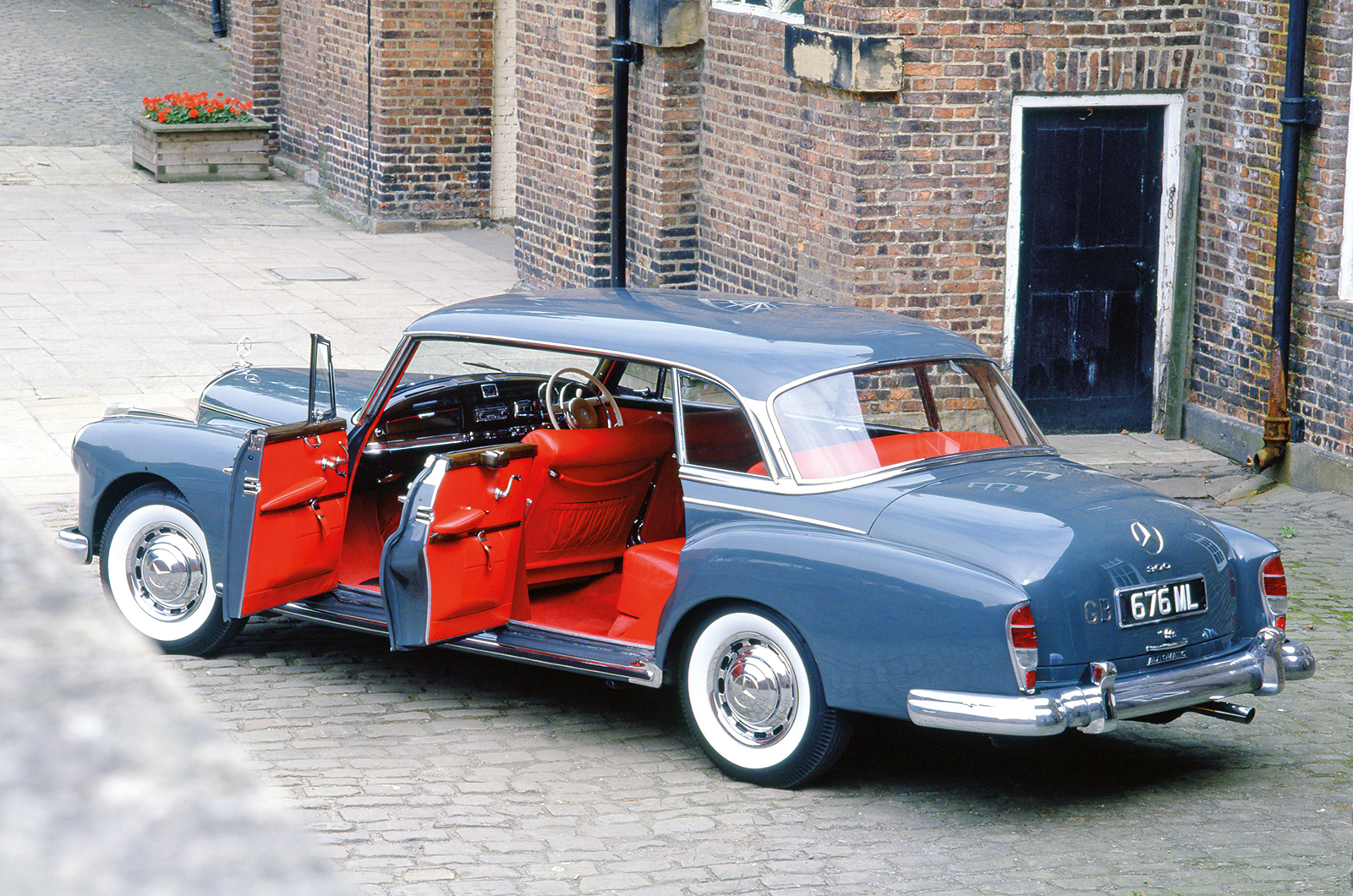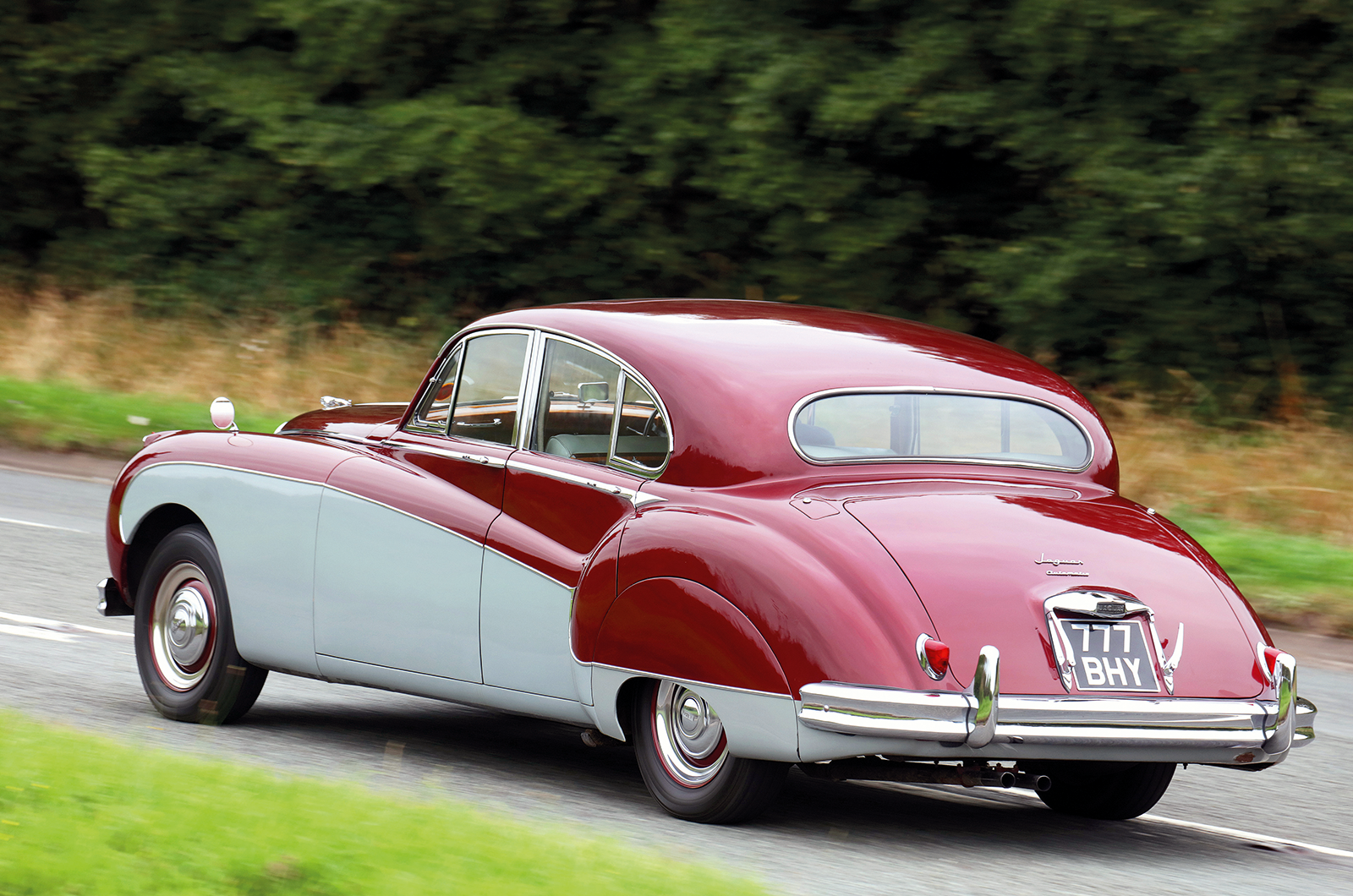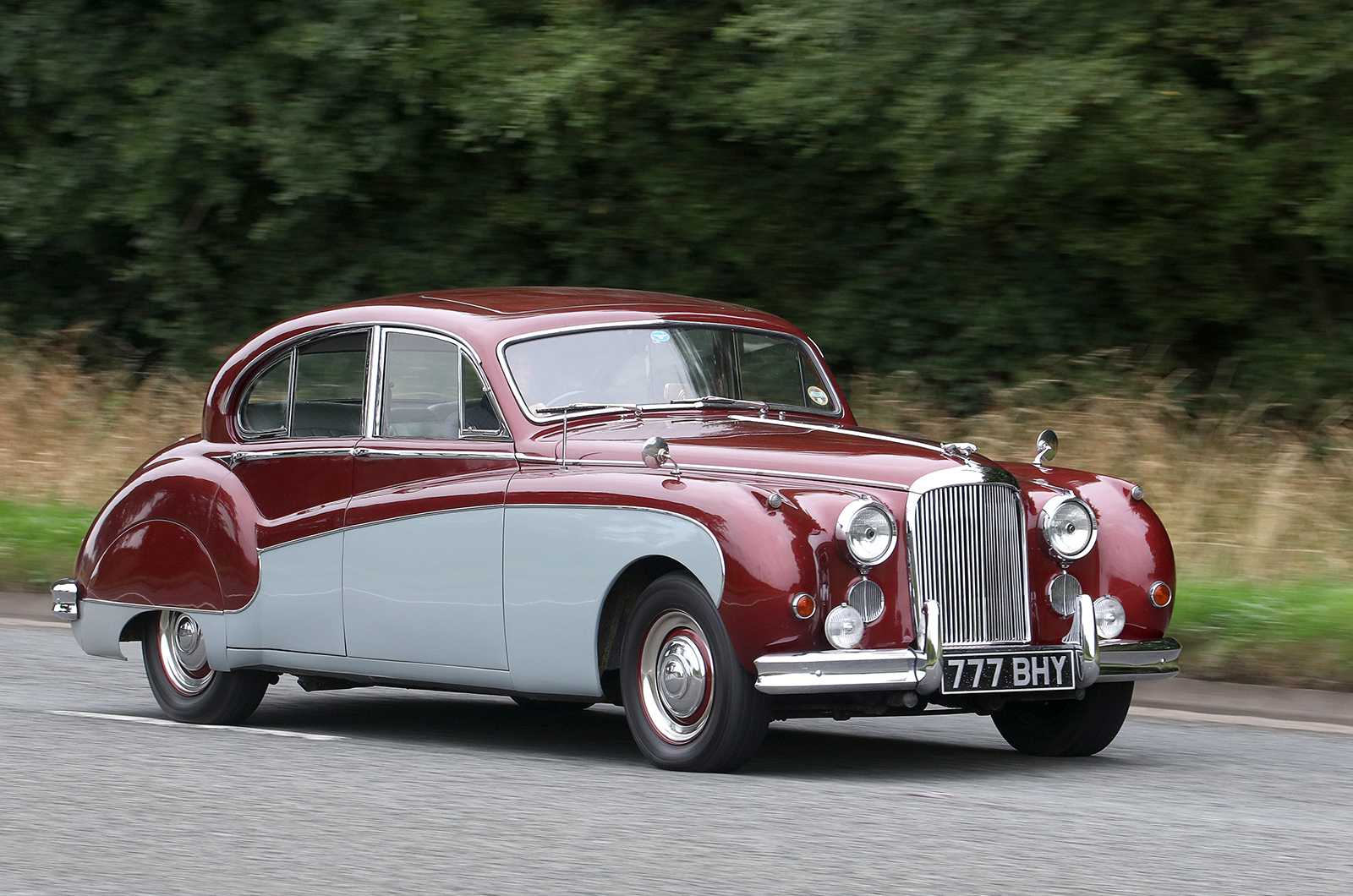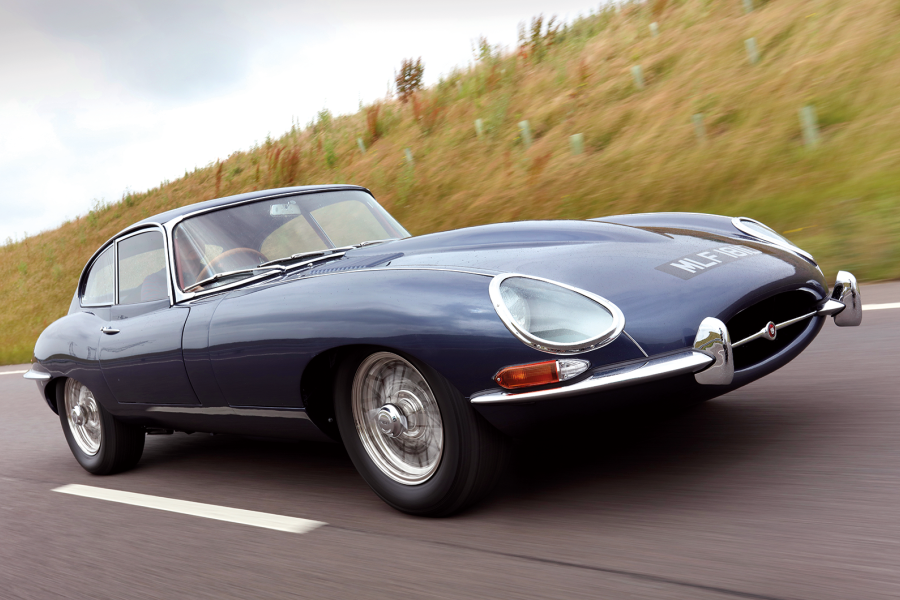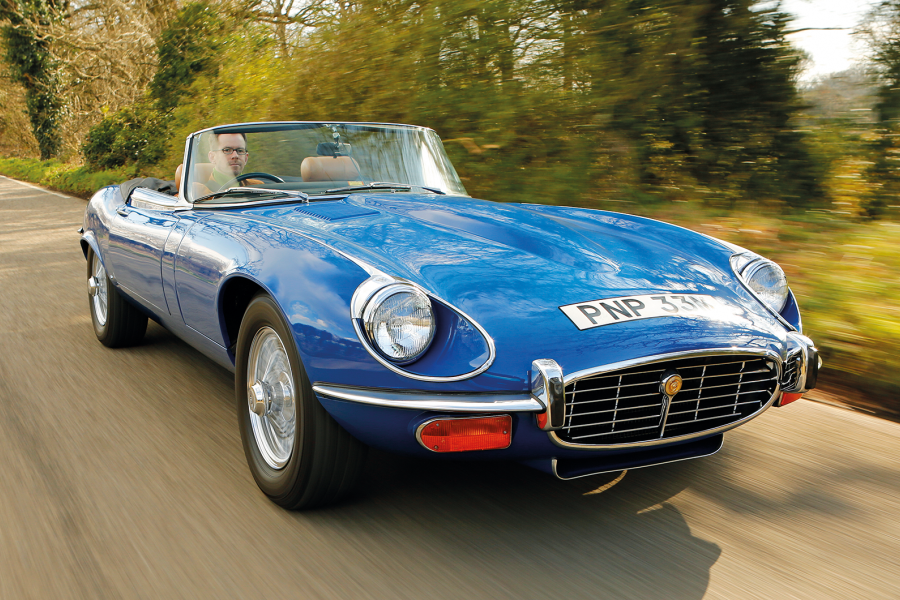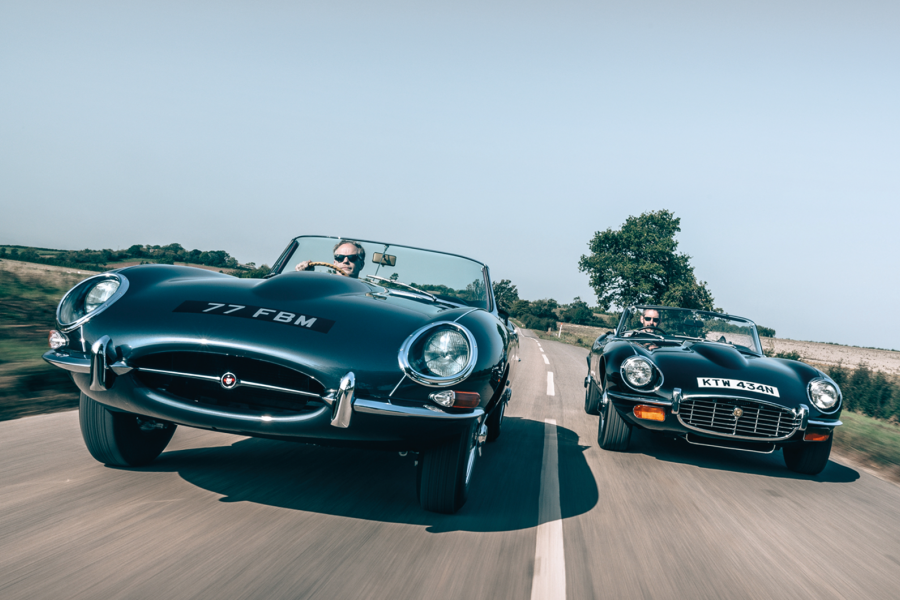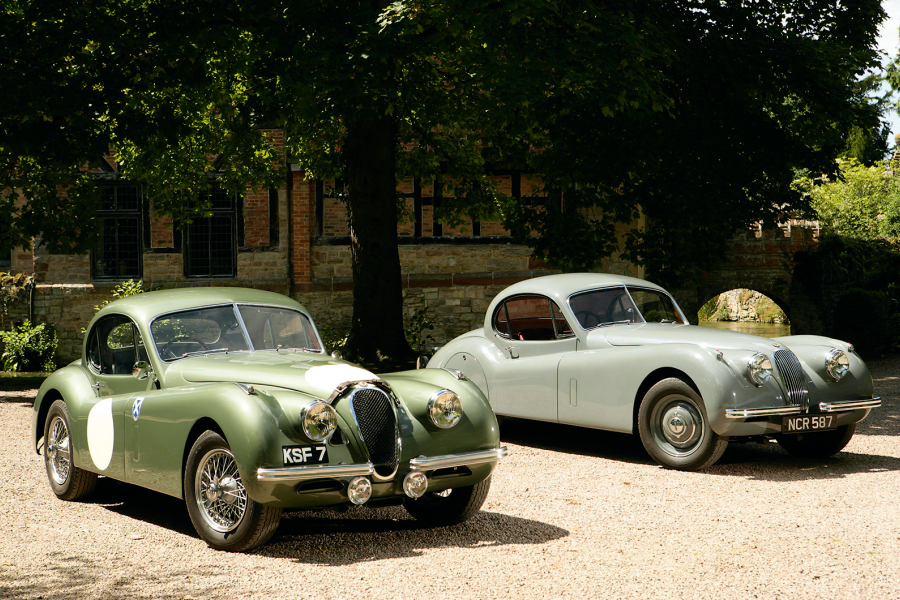
Why you’d want a Jaguar MkVII-MkIX
The star of the 1950 Earls Court Motor Show, the magnificent MkVII looked like an all-new luxury car from Jaguar, but was in fact a clever marriage of a lightly modified MkV chassis with the superb XK twin-cam engine, already proven in the XK120, clothed in a capacious new body offering up-to-the-minute styling for the ’50s.
Without lengthening the wheelbase, Jaguar gained more passenger space by mounting the 3in-longer engine 5in further forward in the chassis.
The substantial width of more than 6ft was definitely US-oriented, giving the car a big interior-space advantage over most British rivals.
Drop-down fitted tool cases in each front door were a delightful touch, while twin fuel tanks in the rear wings (totalling 17 gallons and each with its own pump) gave a generous boot.
Advanced features included an auto choke, self-adjusting brakes with a servo, fresh-air heating/demisting, a sliding sunroof and, from January 1952, self-parking two-speed wipers.
In early ’53 the MkVII became the first British car in quantity production to be fitted with a modern automatic ’box, though only for US sales at first.
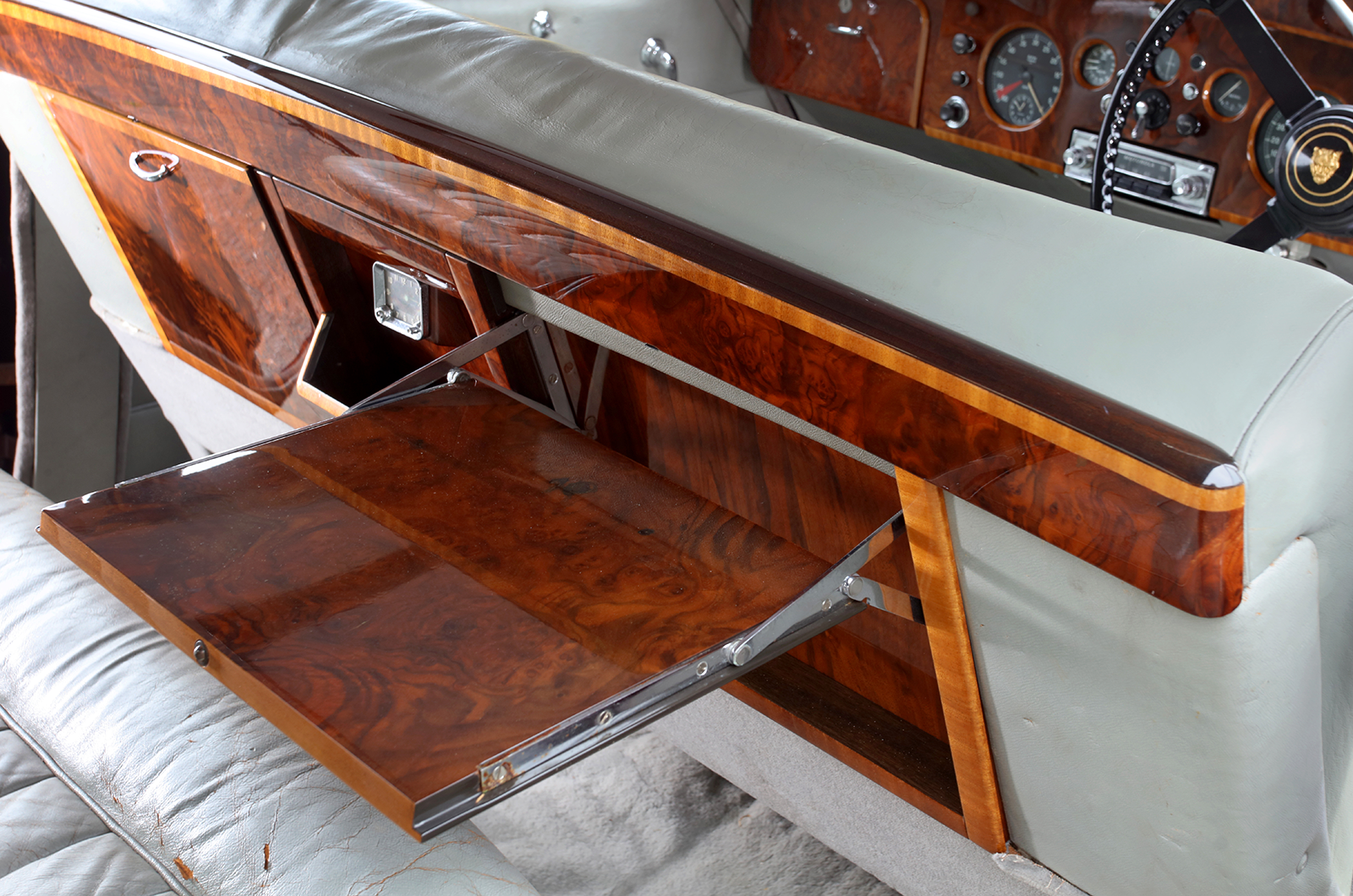
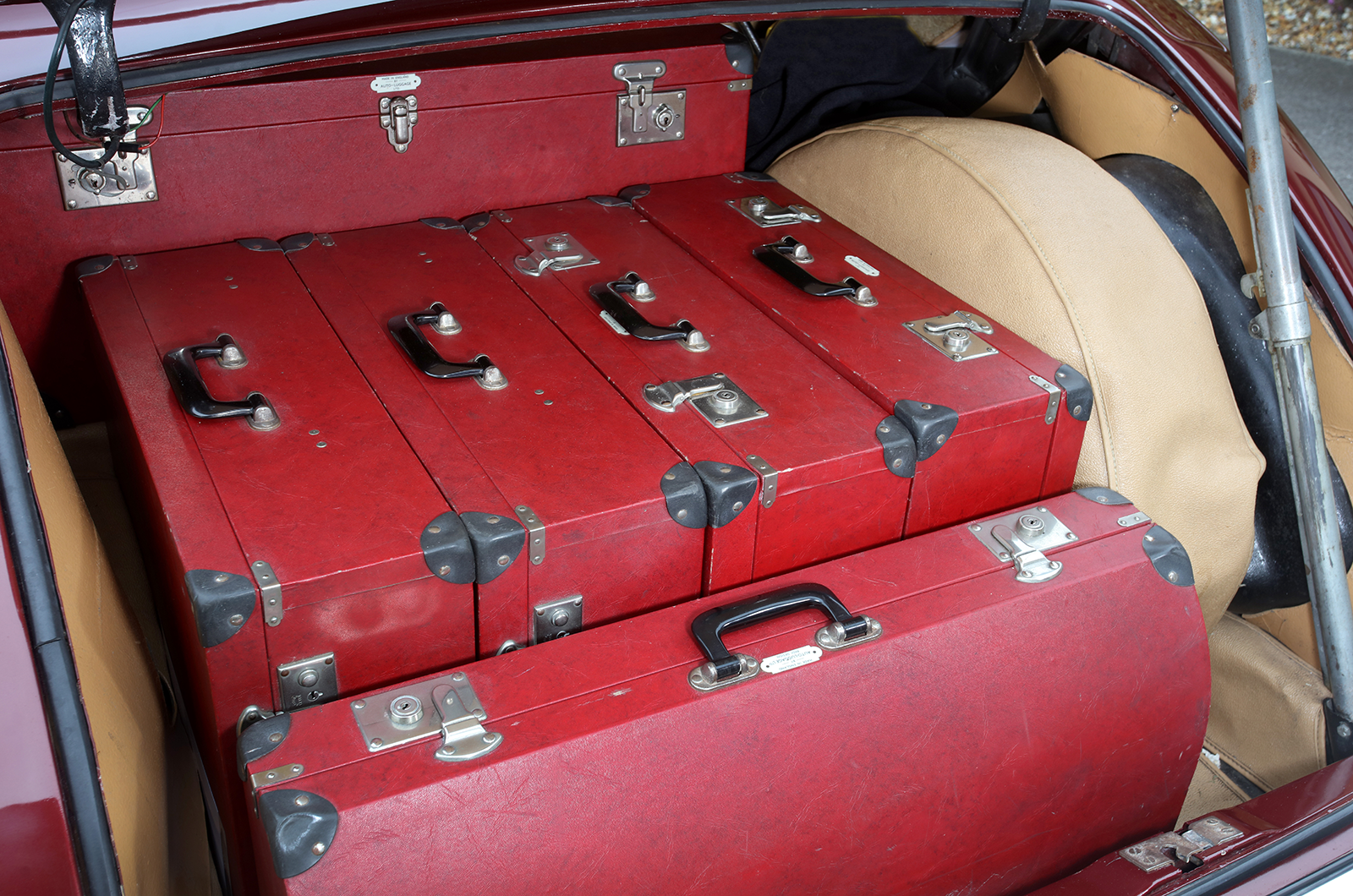
The only significant complaint in The Motor’s MkVII road test was for the gearchange, which was considered to need a longer lever with a shorter throw, more powerful synchromesh and quieter intermediate gears – quite a strong criticism in 1952 for the Moss ’box that Jaguar would continue to use until the mid-’60s…

